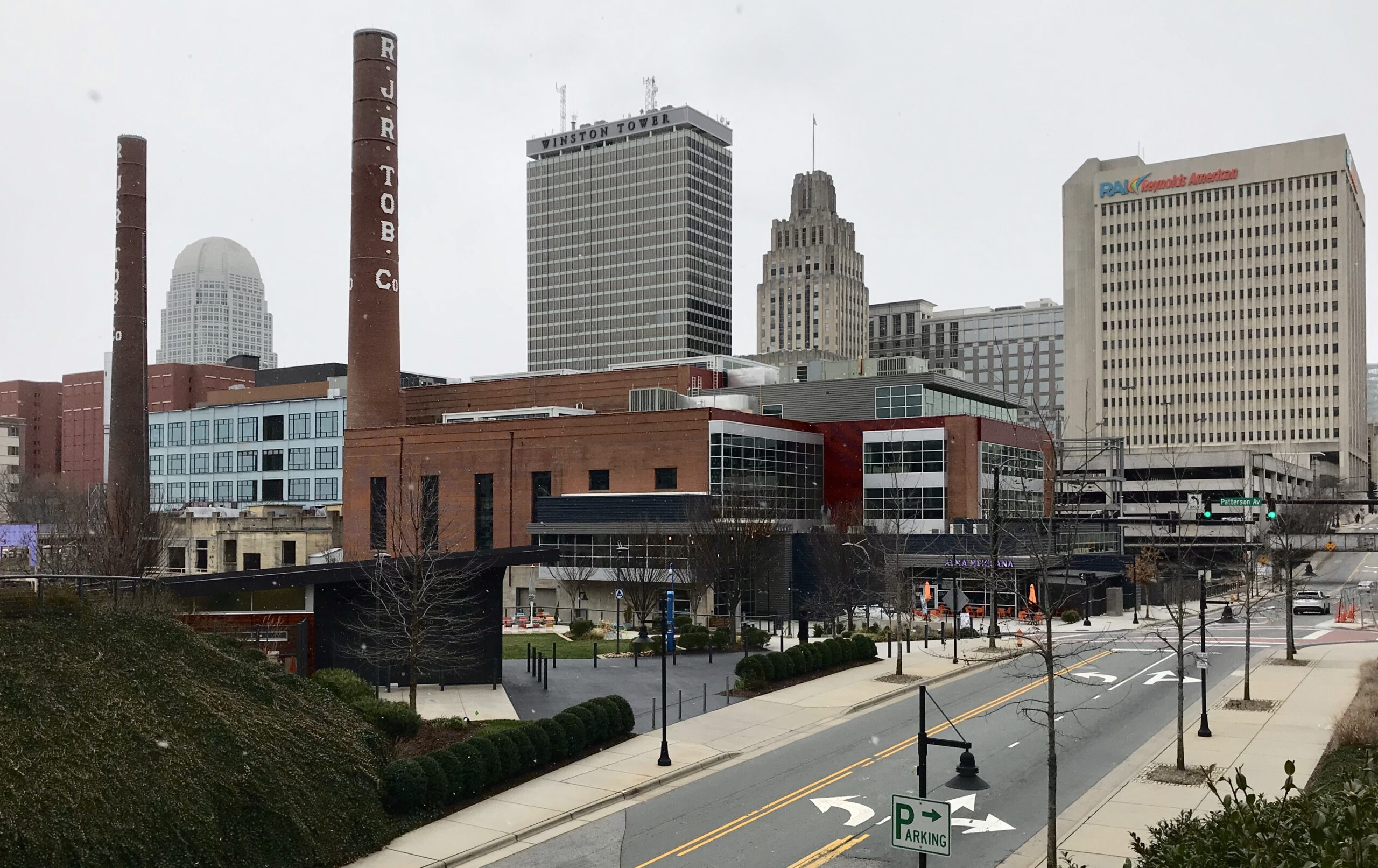
Winston Salem
A Rich Blend of History, Culture & Modern Growth
Overview & Demographics
Winston‑Salem (often called “Winston” or “Camel City”) is the fifth-most populous city in North Carolina — home to roughly 255,800 residents as of mid‑2024. The city combines historic heritage with a diverse and growing population: approximately 48% White, 33% Black, and nearly 18% Hispanic or Latino.
🏛️ History & Economy
Formed in 1913 from the merger of Winston and the Moravian settlement of Salem, Winston‑Salem flourished as a tobacco and textile hub thanks to iconic local businesses like R.J. Reynolds and Hanes Hosiery. Today, its economy is diversified with health care, finance, manufacturing, and education sectors fueling steady growth. Major institutions include Wake Forest Baptist Health and Hanesbrands.
🎓 Education & Innovation
The city supports a thriving educational ecosystem with six post-secondary institutions, including Wake Forest University, Winston‑Salem State University, and the University of North Carolina School of the Arts. Its downtown Innovation Quarter is a 330-acre research, biotech, and creative hub anchored by Wake Forest and UNC partners.
🎭 Culture & Attractions
-
Old Salem Historic District delivers immersive living-history experiences from colonial Moravian life with artisan shops, restored buildings, and interpretive tours.
-
Reynolda House Museum of American Art, set on a 1,000-acre former estate, showcases American art and period architecture in a lush garden setting.
-
Stevens Center & UNCSA anchor performing arts with year-round music, theater, and dance events.
-
Kaleideum, a family museum downtown, offers interactive exhibits for children focused on science, literacy, and creative play.
🌳 Lifestyle & Recreation
The city balances urban amenities with green spaces and outdoor attractions:
-
The Salem Lake Trail & Greenway, along with convenient access to Pilot Mountain, supports biking, walking, and water recreation.
-
Community events like Spring Folly and regional festivals offer local flavor and family experiences.
📊 Quality of Life & Growth Trends
With a median household income near $57,700 and housing costs slightly below national average, Winston‑Salem remains notably affordable. Growth continues steadily—about a 2.5% population increase in the past year—and the city balances economic opportunity with community character.
✅ Why Winston‑Salem Stands Out
-
A historic city with a modern edge, built on tobacco heritage yet evolving into a tech and medical research hub.
-
A true arts and educational center, anchored by museums, performing arts venues, and leading colleges.
-
Balanced urban living with affordability, outdoor access, and strong cultural identity.